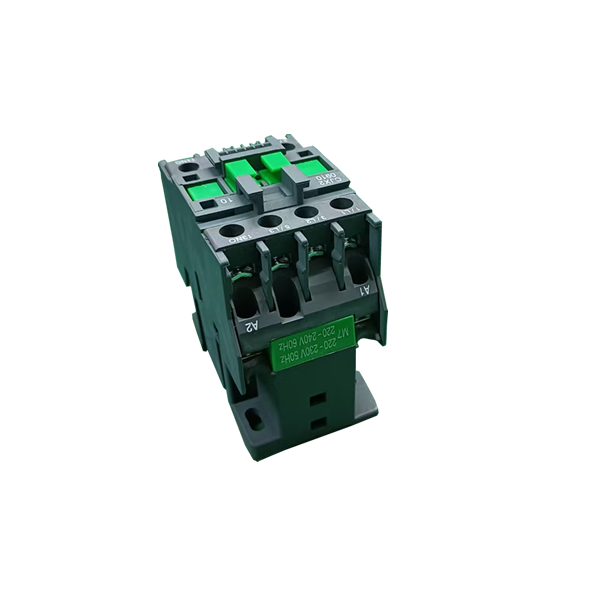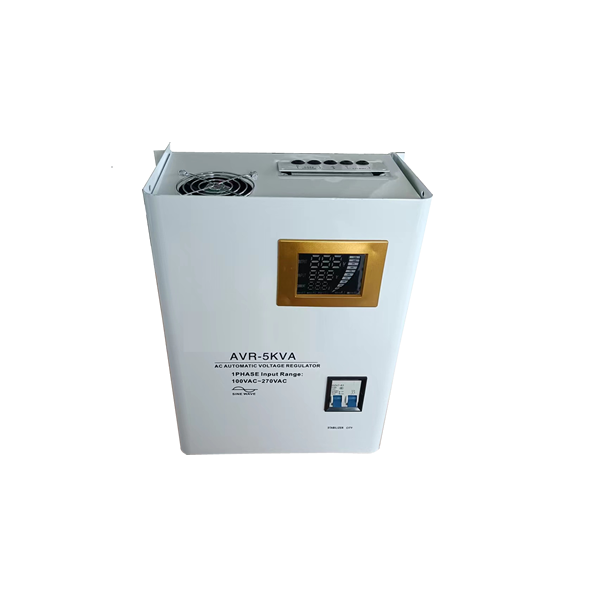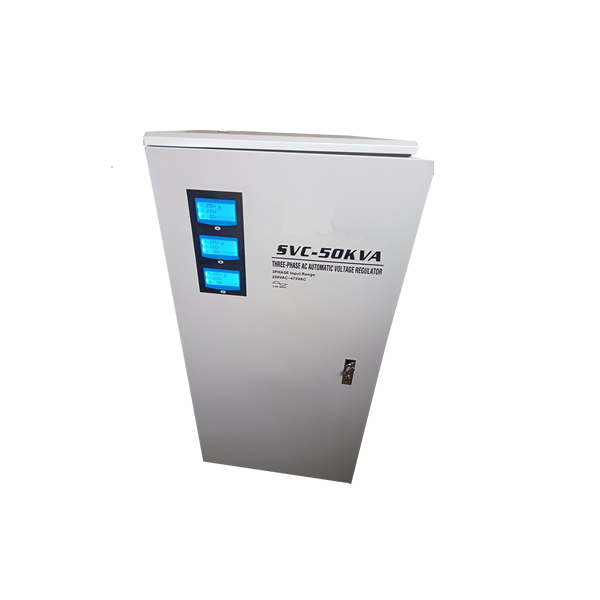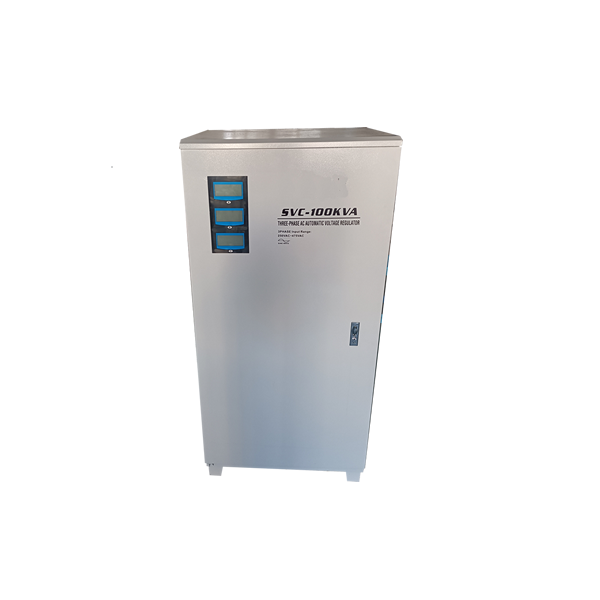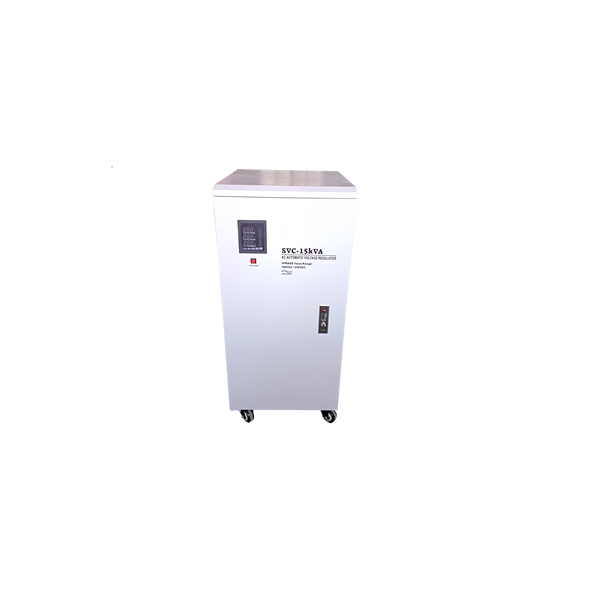ProductPRODUCT
Featured products
Contact Us
Vertical single-phase electronic transformer network high-frequency PM0531NL
Electronic transformer is a new type of electrical energy conversion equipment, which not only has……
Electronic transformer is a new type of electrical energy conversion equipment, which not only has the basic functions of voltage conversion, electrical isolation, and energy transfer that traditional power transformers have, but also can achieve additional functions such as power quality regulation, system flow control, and reactive power compensation. The reason why power electronic transformers can achieve these additional functions is mainly because they can flexibly process and control the amplitude and phase of the voltage or current of the primary and secondary sides of the transformer by introducing power electronic conversion technology and control technology, and can control the power flow of the system according to actual needs. Therefore, power electronic transformers can achieve more stable and flexible transmission, and can solve many problems in today’s power system. Their application prospects will also be very broad. [1] Compared with traditional power transformers, PET has the following characteristics: ① Small size and light weight; ② It can be cooled with air, does not require insulation oil for isolation, reduces pollution, and is easy to maintain with good safety; ③ Capable of producing a constant amplitude voltage output from the secondary side of the transformer; ④ It can improve power quality, obtain sine waveform input current and output voltage, and achieve unity power factor. The voltage and current on both sides of the transformer are controllable, so the power factor can be adjusted arbitrarily; ⑤ Having the function of a circuit breaker, high-power power electronic devices can instantly (in microseconds) turn off high fault currents, eliminating the need for relay protection devices. In addition, power electronic transformers also have some special uses, such as: after being connected to batteries, they can improve the reliability of power supply; Capable of achieving special transformation functions from three-phase to two-phase or from three-phase to four phase; Capable of outputting both AC and DC power simultaneously. In the literature, the author conducted a simulation comparison and analysis of conventional power transformers and self balancing power electronic transformers. The literature mainly focused on five working conditions for simulation research. From the simulation results, PET has good input-output characteristics under full load rated operation, low-voltage side single-phase disconnection, three-phase short circuit, as well as high-voltage side three-phase voltage imbalance and harmonic pollution. It can avoid the impact of one side system imbalance on the other side system, and therefore has better performance than conventional power transformers。
Tags:
Related Products
Copyright @ 2025 Yueqing Weixin Electric Technology Co., Ltd ICP:浙ICP-18052686

